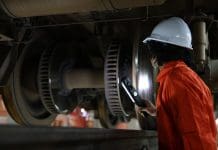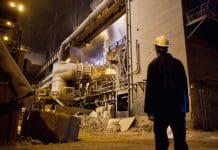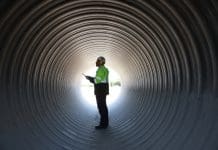SCIA Engineer’s structural analysis software assists 3D modelling and close collaboration on the National Football Stadium at Windsor Park in Belfast
In this case study, SCIA Engineer reveals how its structural analysis software assisted the 3D modelling and allowed close collaboration with sports architects on the National Football Stadium at Windsor Park.
The National Football Stadium at Windsor Park in Belfast, Northern Ireland, is home to Linfield FC as well to the Northern Ireland national team.
The expansion project started in 2013 with the aim to transform Windsor Park into an 18,000-seater stadium.
The developments included the South and East stands, two large corners and a feature cladding enclosure (The Quaver). The south stand is the largest section of the project, measuring about 115m in length.
Splitting complex structures into separate 3D models
The structure of all stands is comprised of a steel frame with composite metal deck slabs. The roof concept is consistent across the stadium and consists of a cantilevered column and rafter system with stay support. At each bay a single mast with three stay members support cantilever rafter beams. The cantilever length varies between stands and is 26 m in the worst case.
Each stand can be considered as a standalone unit separated via movement joints. Therefore, the structure of the whole stadium was split into several partial 3D models.
In addition to models for each stand, a separate model was made for the Quaver and a simple model was created for fast verification of rafters.
The 3D models were made of 1D members in combination with load panels, which allowed for a fast and transparent introduction of all loads.
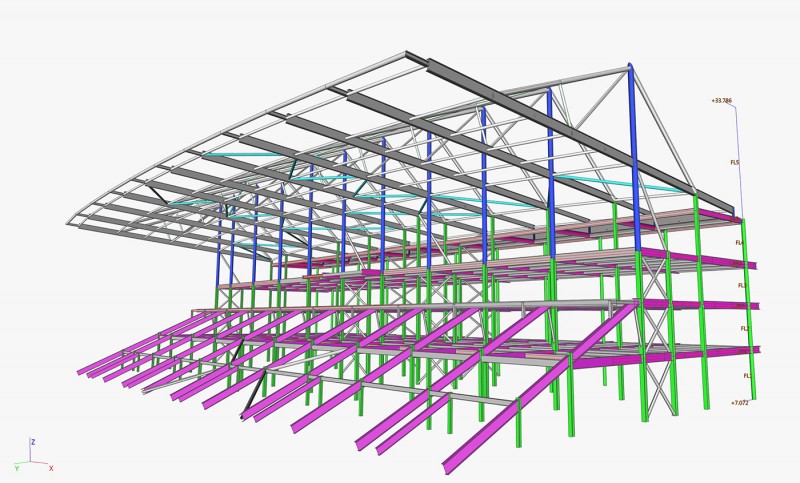
BIM with SCIA Engineer, Rhino and Revit
The flexibility to input and manipulate geometry in SCIA Engineer’s XML API access was instrumental in allowing a close collaboration with the sports architects.
As a national stadium, the building had to be iconic, but in order to bring best value to the project, the structural design needed to be relatively understated. This meant combining rationalised structural analysis whilst also allowing for landmark features such as The Quaver. Such a design could only be completed in a versatile platform and SCIA Engineer was used across the board to design each stand in isolation and combined with Rhino to support a single output Revit model.
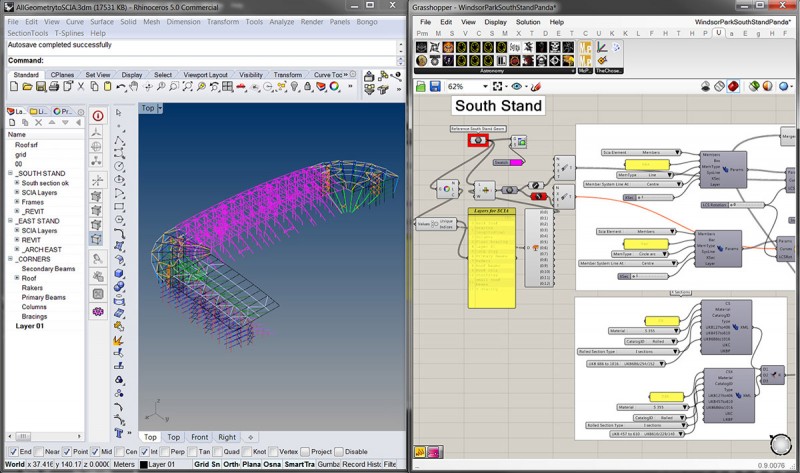
Client: AECOM
Software: SCIA Engineer
Country: Ireland




